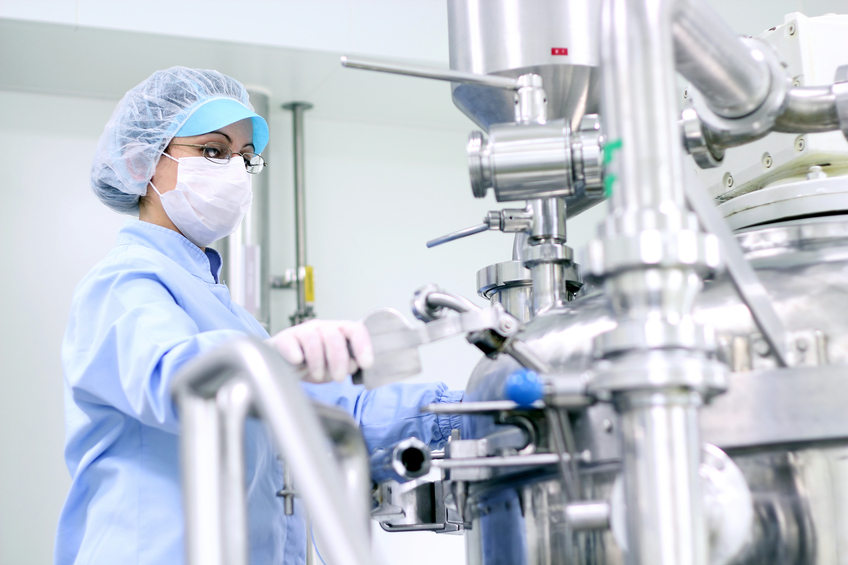
The pharmaceutical product manufacturing industry has experienced an unprecedented upsurge in growth as of late. In Canada, total pharmaceutical sales have just about doubled between 2001 and 2013 to total sales of $22 billion in Canada alone. This trend is expected to continue and careers that require knowledge of good manufacturing practices (GMP) are expected to grow as well. GMP training teaches students about the purpose and requirements that are needed for the testing, manufacturing, and packaging of pharmaceutical products in Canada. One of the most important GMP practices is self-auditing.
Read on to discover how self-auditing practices in pharmaceutical manufacturing help ensure that safe and effective medicines make it to consumer shelves.
An Introduction to Self-Auditing Practices for Students in GMP Training
Usually, self-auditing is conducted by teams and is undertaken by a pharmaceutical company in order to assess its own manufacturing practices. Within the various ‘moving parts’ of a manufacturing process, there can be areas in which products have a chance of getting damaged, becoming defective, or contaminated.

Each step of the manufacturing process needs to be carefully evaluated
The auditing process can be learned in GMP online training and is an inspection process designed by a manufacturing company to not only check for areas that may produce defective products but to also keep an eye out for ways to prevent future problems.
Students in GMP Training Will Learn About Health Canada Audit Forms
Health Canada provides an audit report form specifically for the drugs and health industry that should be considered when designing and conducting self-auditing processes. Some of the most important aspects of this form that should be kept in mind include the following:
- there must be written procedures for every single aspect of the manufacturing process
- there must be processes in place that ensure the complete and rapid recall of any batch
- every drug manufacturer must have their own quality control department
If any of these requirements are not met for any reason, corrective actions must be planned, reported, and taken in a timely manner.
Building the Audit Team: What GMP Training Students Should Keep in Mind
GMP training will teach you that often the self-auditing process requires not just one person, but a whole team of qualified individuals. The individuals that are chosen for this team must be able to evaluate the manufacturing process objectively and without bias, they should have no conflict of interest, and finally, they should have the right training on good manufacturing practices.
What do Employees With GMP Training do After the Inspection?
After a self-audit inspection has occurred, it is now time to prepare a report that must be distributed amongst the plant directors, the manager of production, quality control managers, and upper management—but who the report is distributed to will vary by company. Most importantly, the final report should detail the corrective action that will be undertaken in order to correct or prevent any issues that were spotted. When designing the corrective action, keep in mind that it must be affordable, completed in a timely manner, and must be done by the appropriate trained professionals.
If you want to explore the exciting opportunities in GMP for the pharmaceutical industry, why not try a GMP course online?
Contact an advisor at AAPS today to find out more!



